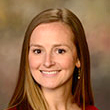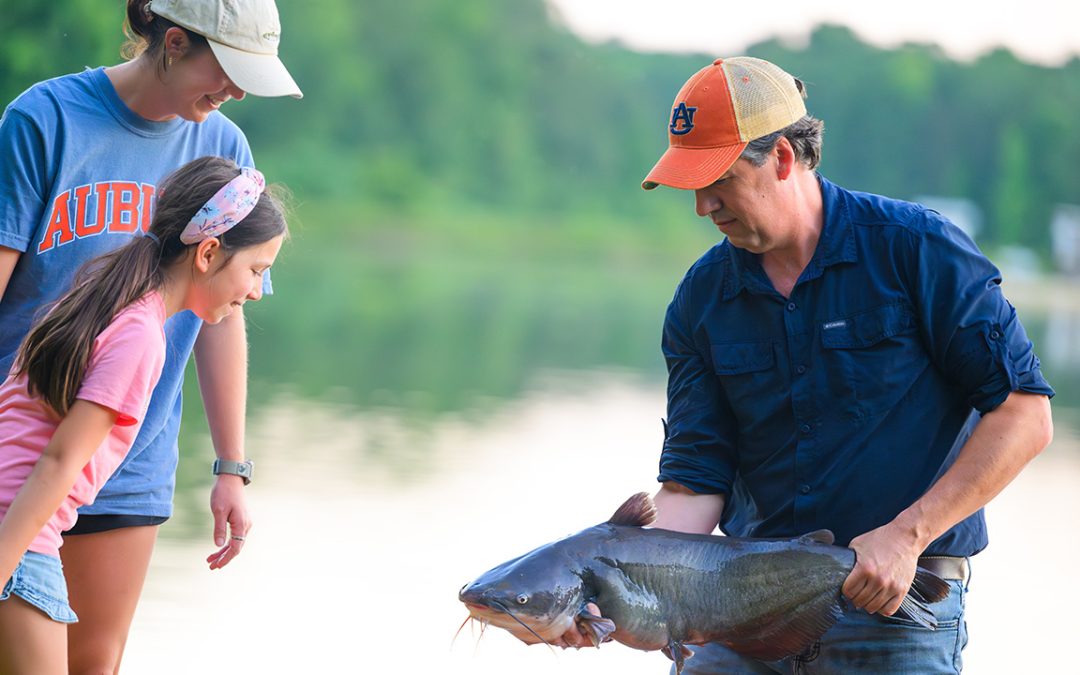By MARY CATHERINE GASTON
A newly released 2013 U.S. Catfish Database that Auburn University aquacultural economist Terry Hanson compiled paints a grim portrait of the U.S. farm-raised catfish industry overall, but a few bright spots, particularly for Alabama producers, are sprinkled throughout the report.
The U.S. farm-raised catfish industry peaked in 2003 but in the years since has been shrinking. American consumer preference for the fish dropped from sixth among the top 10 fish and seafood products in 2009 to ninth in 2012. Acreage devoted to catfish farming across the country continues its plunge and as of 2013 was down 62 percent, or 121,135 acres, from its peak in 2002.
Meanwhile, imports of frozen catfish fillets rose by 44 million pounds in 2013, to 281 million pounds, and now imports account for 78 percent of all sales of frozen catfish fillets in the U.S. Imports in 2013 were 10 times higher than just eight years ago; by comparison, in those same eight years, the number of pounds of U.S. catfish processed fell nearly 50 percent.
“Though the majority of the news for the U.S. catfish industry is bleak, 2013 did bring slight increases in both pounds processed, up 11 percent from 2012, and total producer income, also up 11 percent over the previous year,” Hanson says. “We are encouraged by these signs that the industry may be stabilizing.”
And, the news for Alabama’s catfish farmers is slightly better than for those in other states. Though the acreage devoted to catfish farming in the state has decreased steadily since 2004, Alabama has seen the lowest rate of decrease of the top catfish-producing states. In addition, while feed purchases have dropped dramatically in other states, signaling a sharper decline in the industry, Alabama’s feed purchases have remained relatively stable.
Butch Wilson, an Alabama catfish farmer and past president of the Catfish Farmers of America, says the trends in the industry are forcing farmers to innovate and diversify in order to remain competitive in a global marketplace.
“I’ve lived every one of these trends on my farm,” says Wilson, who in recent years has diversified operations and updated technologies on his Dallas County farm. He now raises tilapia in addition to catfish and has moved portions of his operation indoors to keep up with the industry’s latest technological advances.
Looking to the future, Hanson says some trends will likely continue, but others may see a sharp change. While the market share of imported fish and seafood will continue to rise, overall consumption of seafood products will keep to its downward trend unless efforts are made to educate Americans about the nutritional benefit of eating more fish.
The increase in feed prices over the past few years has led to a lower in-pond catfish inventory in the U.S., which will result in a supply shortage in 2014. As of February, processors were paying much higher prices per pound for U.S.-raised catfish than just a year earlier, a positive trend Hanson hopes will continue at the production, processing and retail levels.
“If producers are able to invest these profits to improve infrastructure, adopt new technologies and reduce production costs, then U.S. farm-raised catfish will compete favorably with inexpensive imported products,” Hanson says.
Hanson, professor and Extension specialist in the School of Fisheries, Aquaculture and Aquatic Sciences, has provided the annual catfish database for the last 15 years. Much of the information in the report is a historical compilation of data provided by the National Agricultural Statistics Service, a branch of USDA. Dave Sites of Mississippi State University is co-author of the 2013 report.
For more information, contact Hanson at (334) 844-9207 or trh0008@auburn.edu.




